Did you know you can grow countless different fruits on one single tree? This is done through a horticulture technique called grafting. This technique allows the tissue of separate plants to continue their growth together.
Grafting allows for asexual reproduction of plants and is the fastest method of growing desired varieties of fruiting trees. Maybe you are new to grafting or a seasoned gardener looking for advice on grafting fruit trees.
We will break down when to graft fruit trees and just how it is done.
The best time to graft fruit trees is during late winter or early spring. The idea is to graft before new growth begins and after the chance of severe cold has passed.
You could be enjoying plums and apples from the same tree one of these days. Continue reading as we elaborate on the methods of tree grafting and give you examples of compatible fruit trees.
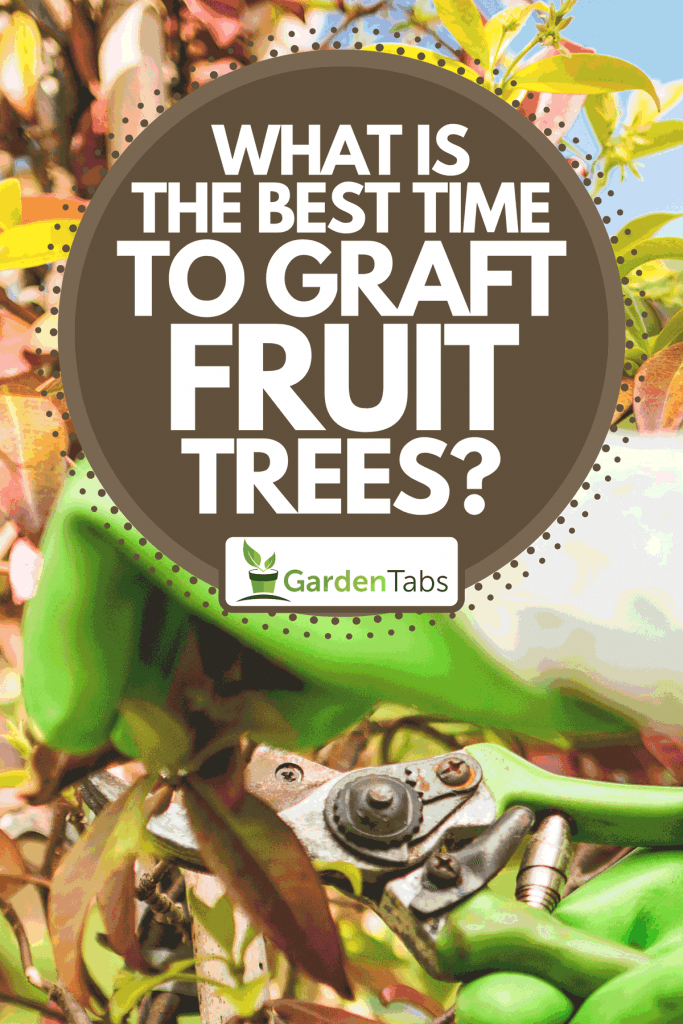
Grafting A Fruit Tree
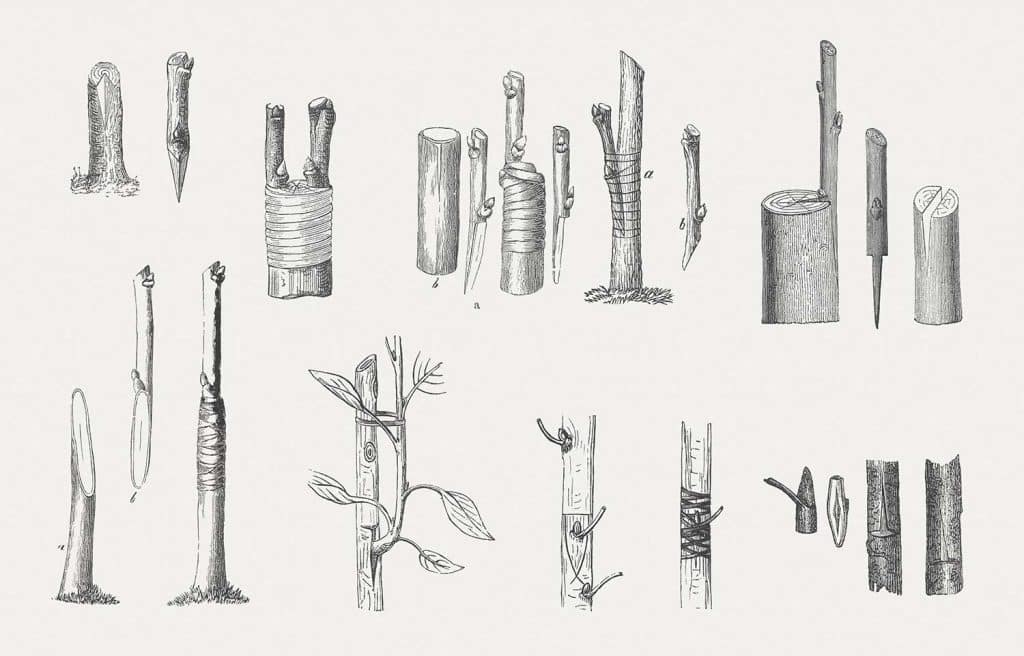
The fruit you eat is more likely from a grafted tree rather than a tree grown from seed. This is because the fruit produced from trees grown from seed is typically sour, and the first fruiting may take years to occur.
Grafted fruit trees produce consistent fruit that may even be disease or pest-resistant.
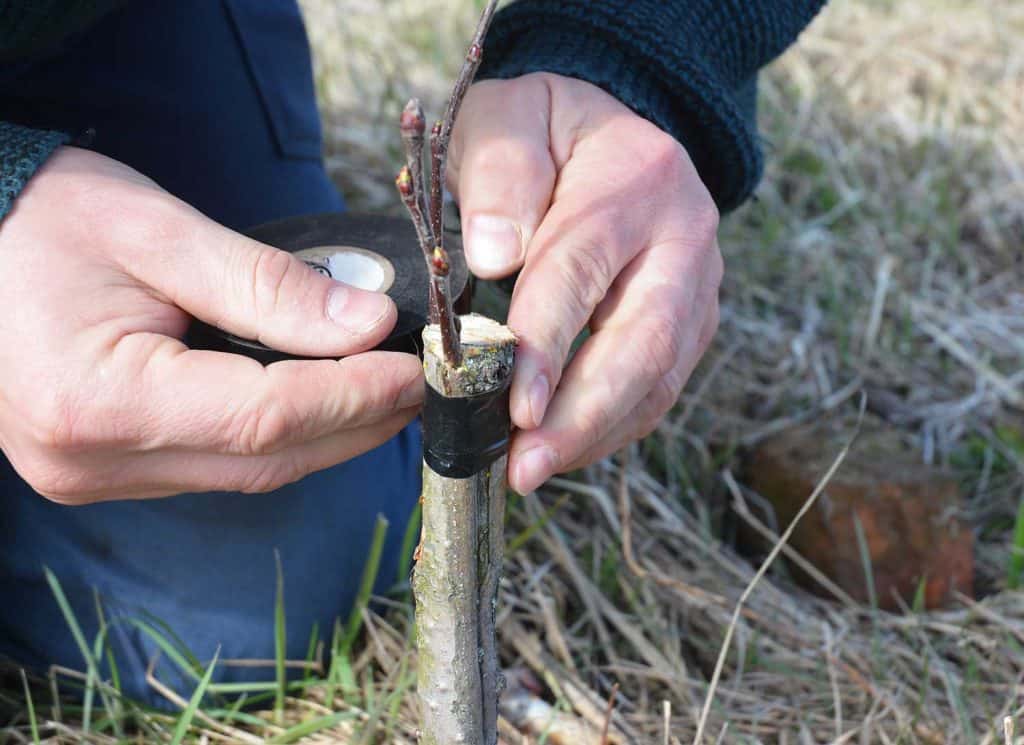
A grafted tree can be broken down into two parts, the rootstock, and scion. The roots of the fruit tree are at the bottom and controls how tall the tree will grow. This bottom section is the rootstock.
The scion is the upper part of the tree or the fruiting section and determines fruit color, taste, and other characteristics. Fruit grafting has been done for thousands of years. This method of growing is the only way to guarantee the outcome of your fruit.
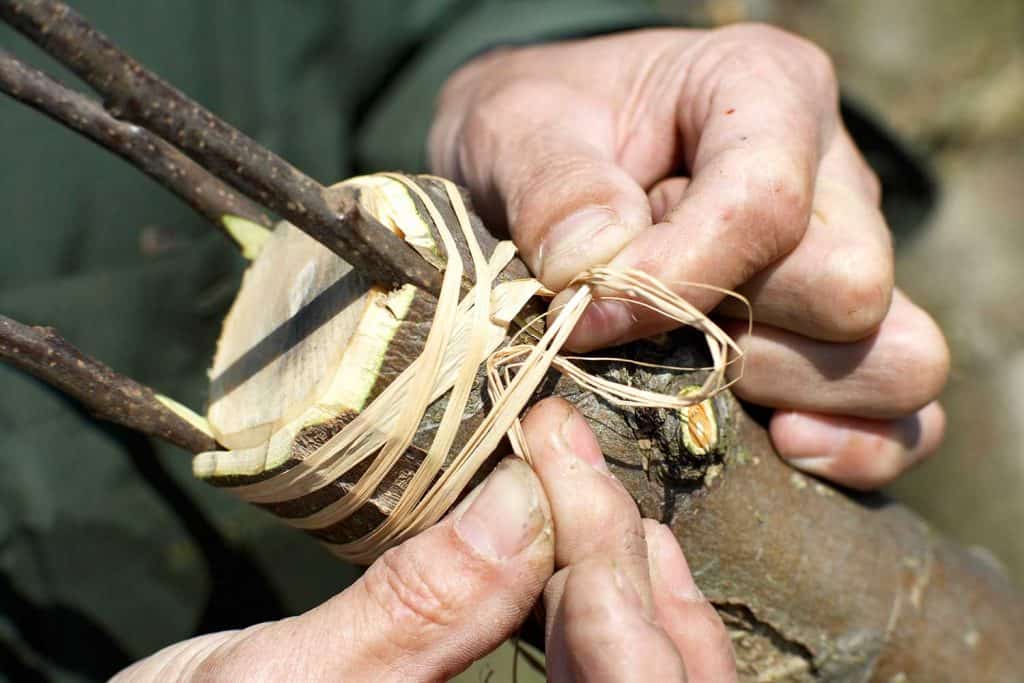
Read more on fruit trees in our blog post, "11 Best Fruit Trees To Grow In Texas."
How do you graft a fruit tree?
Before grafting a tree, you need to determine and gather your scion and rootstock. The desired scion should be collected in winter or the dormant season. When cutting and collecting, keep in mind the length of the scion should be about 16 inches long.
After collection, you want to ensure your scion is free of disease and other pests. Store your scion in the fridge wrapped in a damp paper towel, protected in a plastic bag. This storage will keep the scion in a dormant state until grafting season.

You can preorder rootstock from your local plant nursery or choose an existing tree to use as your rootstock. You select a rootstock based on desired size and tolerance to certain soil.
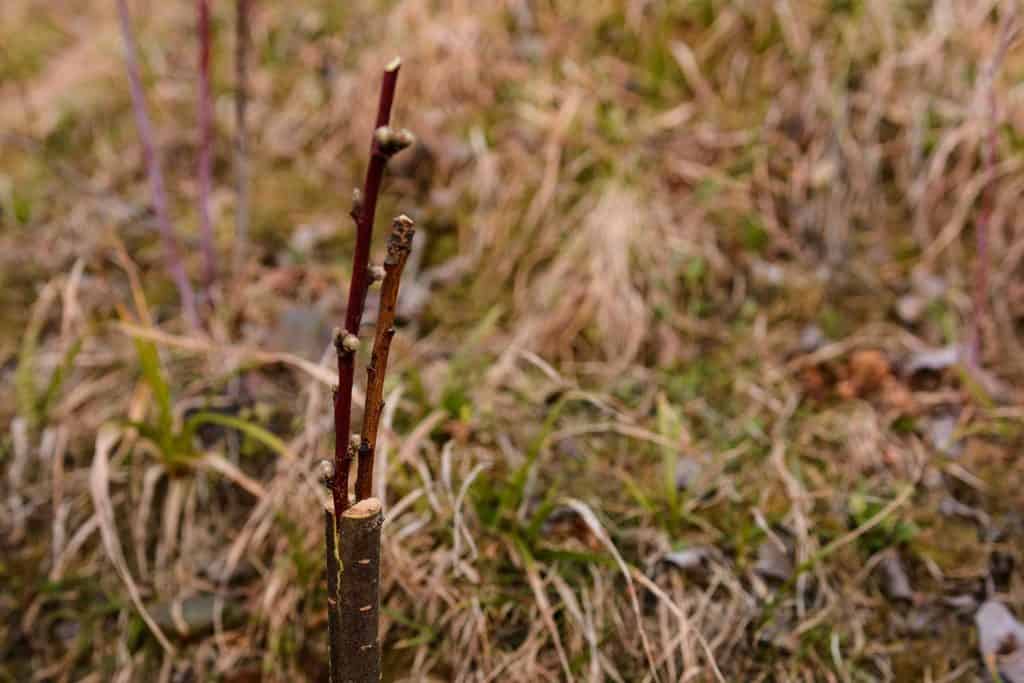
Grafting can begin in Spring when the sap within the trees is starting to move. To graft a fruit tree, you can use one of these methods:
- Bark Grafting
- Whip and Tongue Technique
- Bud Grafting

Bark Grafting
Bark grafting is a method used to improve the quality of an existing fruit tree. You will peel your bark back on the rootstock and insert your scion.
Your scion and rootstock should be secured together using tape or rope. This method is simple and can change the variety of fruit on your current rootstock.
Have a look at this video to see how bark grafting is done on a mango tree.
Whip and Tongue Technique
The whip and tongue technique has also been called "clefting." This method allows the maximum amount of surface area between the scion and rootstock. This creates a stronger bond when compared to the other grafting techniques.
This video showcases the cuts you'll need to make in the whip and tongue grafting technique.
Bud Grafting
Bud grafting can be done during late summer. This makes it a perfect technique if you missed the early grafting season. You insert a bud from your scion into the rootstock using a T-cut. Use tape to join the two parts and keep them dry.
The video below breaks down bud grafting for beginners.
With all of these techniques, you want to ensure your grafting tools are clean and sharp. This will prevent infection and allow for smooth cuts. With proper technique and after-care of your tree, you will get to enjoy the produce of your grafted project.
What month do you graft fruit trees?
The ideal month for grafting fruit trees will depend on which grafting method you are using. Bud grafting should be done between July and September. This allows enough time for the rootstock to heal and go into a dormant state before growth.

If you are doing bark grafting or using the whip and tongue technique, you will want to complete your grafting between late March and early June. These types of grafting can be done up to 30 days past full bloom.
How long does it take for a tree graft to heal?
The tree graft can take three to eight weeks to heal. The number of weeks will depend on the temperature, what type of tree you are grafting and how well your graft is sealed. If your graft is showing signs of drying out, this usually means it failed.
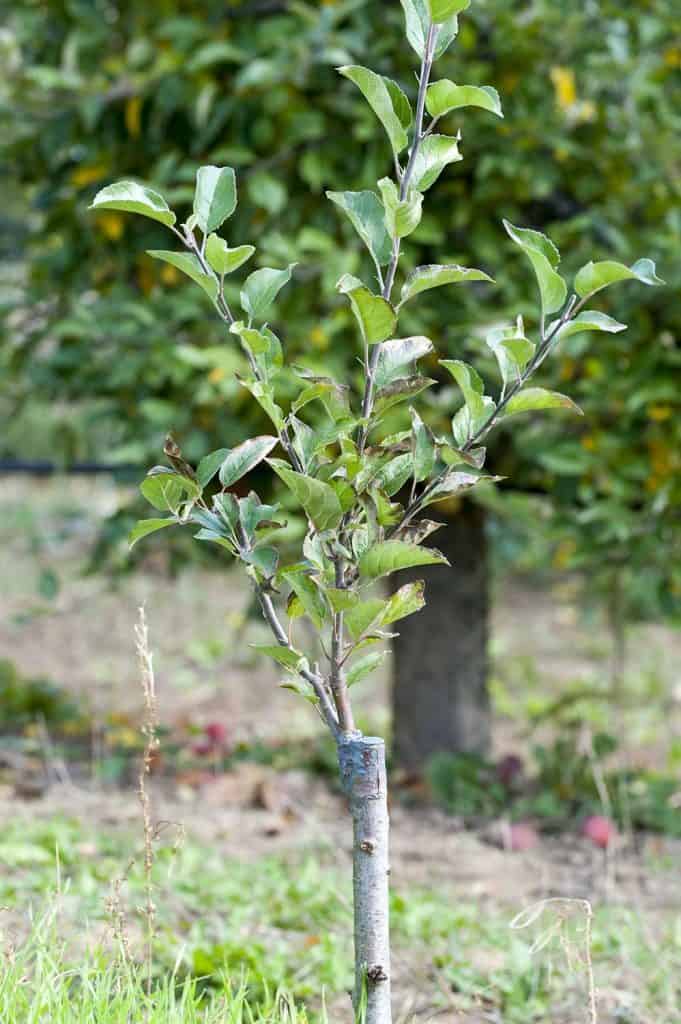
Avoid any drying out by checking your graft weekly. You can repair the seal using wax or tape.
View this grafting wax here on Amazon.
What fruit trees can you graft together?
Rootstock and scion need to be compatible for grafting to work. Trees that belong to the same botanical species are compatible. For instance, an apple tree can always be grafted to another apple tree.
In most cases, you can graft together trees that are just in the same genus. Examples of fruit trees that can be grafted together include the following:
- Blood Orange and Clementine
- Tangerine and Pink Grapefruit
- Apples and Pears
- Plums and Peaches
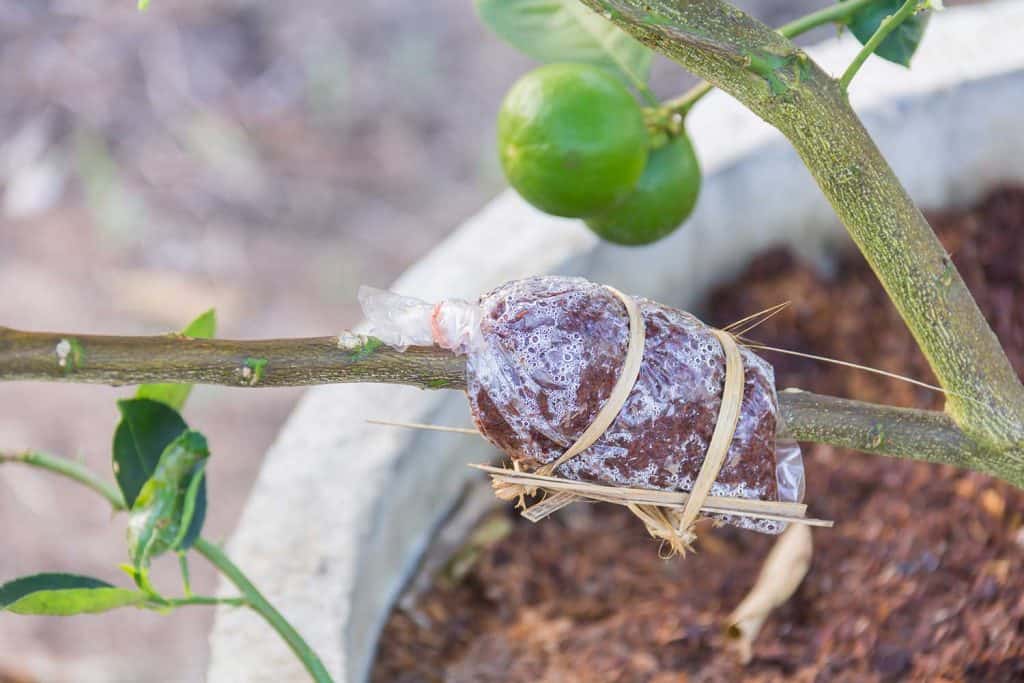
These are just a few examples of what you can graft together. Always look up the genus and species of the trees you are attempting to graft to check the compatibility.
What is the best time to graft apple trees?
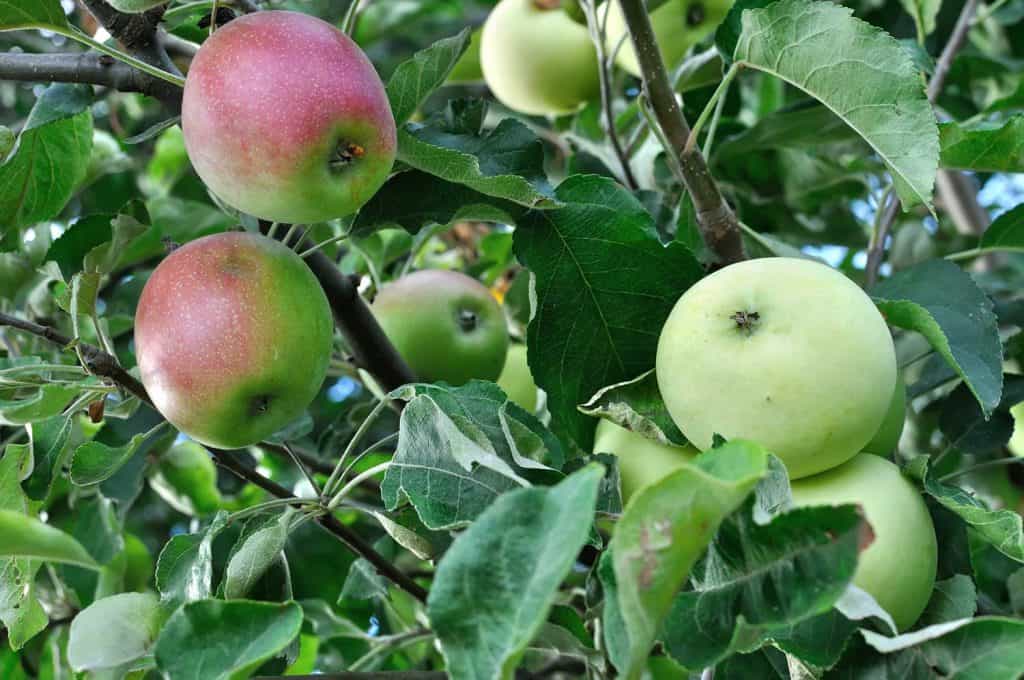
The best time to graft apple trees is usually April to early May or Springtime. You want to graft an apple tree when the buds are starting to open. You can graft until full blossom hits. If grafting is attempted at the wrong time, this will result in graft failure.
What time of year do you graft citrus trees?

You should use temperature to dictate when you graft a citrus tree. Citrus trees can be sensitive to dry out that causes your graft to die before it could fully heal. Citrus grafts the best when the temperature is between 70 and 85 degrees Fahrenheit.
In Closing
Tree grafting is a neat and rewarding project. Great care should be taken of your scions and rootstock. After a graft is completed, it is crucial to keep up with the care of your fruit tree. This will ensure a healthy tree with expected fruit production.
You can have continued production of the same apples from a favorite tree in your field. Enjoy a tree with two, five, or even forty different citrus fruits! Tree grafting makes this possible.
We hope you found this article informative and helpful for your future grafting projects.
Are you looking to learn more? Have a look at our blog post, "11 Edible Plants That Grow Fast [Healthy & Yummy]".


Can anyone tell me if the same rules apply to flowering trees?
I wish to graft a Japanese Flowering Apricot….Prunus Mume….to rootstock I’ve grown from an existing same tree. This tree, the flowering apricot, blooms in the middle of winter here in So. Cal so need to know when is the best time to cut the scions since by late winter/ early spring they have already bloomed…..
Appreciate any help
Thank you